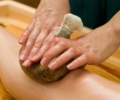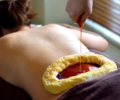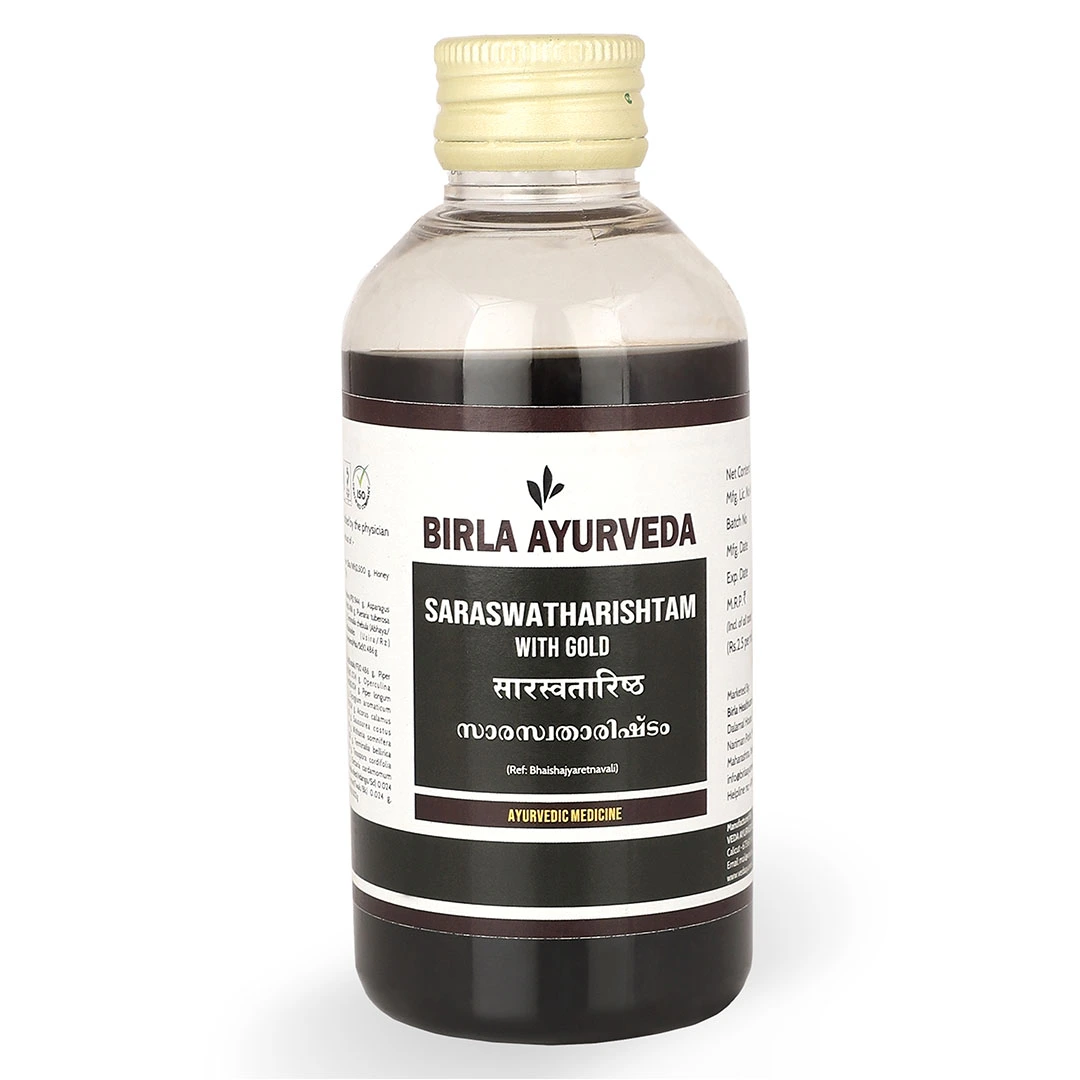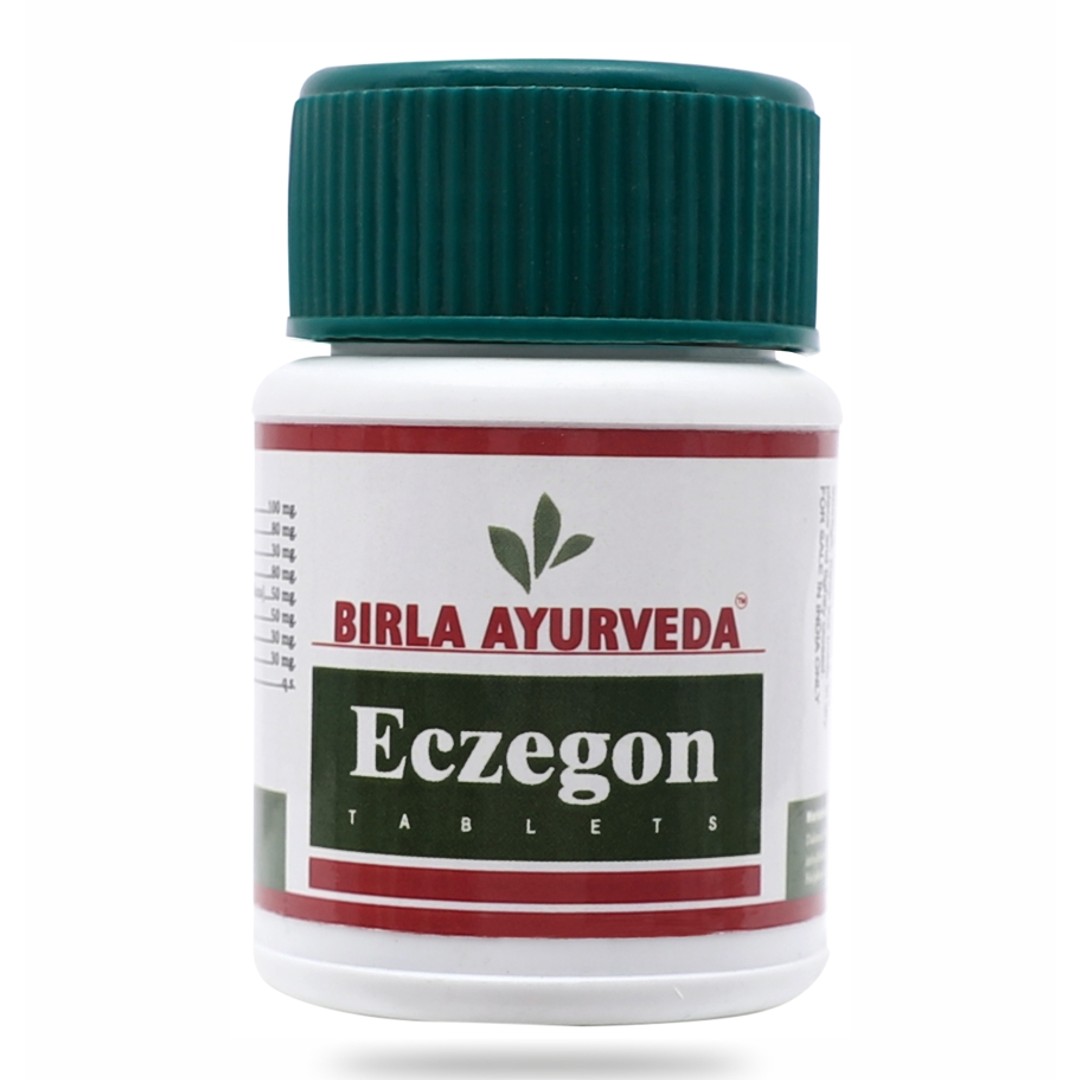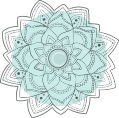
PANCHAKARMA THERAPY
Panchakarma is an immersive experience that requires the participant to stay in a Panchakarma facility for 5-21 days for the full treatment.
Panchakarma means “five therapies” in Sanskrit It eliminate toxins from the system, rebalance the Doshas, heal countless ailments and renew a sense of clarity and inner-peace.

PANCHAKARMA THERAPY
Panchakarma is an immersive experience that requires the participant to stay in a Panchakarma facility for 5-21 days for the full treatment.
Panchakarma means “five therapies” in Sanskrit It eliminate toxins from the system, rebalance the Doshas, heal countless ailments and renew a sense of clarity and inner-peace.
FIVE TRADITIONAL THERAPIES OF PANCHAKARMA
• Basti – Herbalized oil enemas
• Nasya – Nasal irrigation
• Vamana – Therapeutic Vomiting
• Virechana – Purgation
• Raktamokshana – Blood Letting
1. Basti:
Basti is one of the Panchakarma therapies stated according to ayurveda.
Panchakarma therapies are set of 5 therapies exclusively stated in ayurveda which include Vamana, Virechan, Basti, Nasyam, Raktamokshan.
Basti is a considered to be helpful in almost 50 percent of diseases which exist.
Basti is insertion of medicines through a different route of administration i.e. the anal route which is typically stated in ayurveda
2. Nasyam:
Nasyam is nasal administration of medicated oil or liquid medicine. It is one of the Panchkarma. According to ayurveda nose is the gateway to the head, thus nasal therapy can be used for healing disease of the head, throat, neck. The nasal area is viewed as a filter for the brain from environmental or internal toxins and wastes, which enters here and imbalance doshas. Nasyam therapy can be elementary , protecting ,preventing and nursing. Imbalance doshas will result in conditions such as sinusitis, ear infections, a heavy feeling in head and cold. Accumulated ama in this area will lead to problems with the nose.
3. Vaman:
It is planned it is induced and vomiting is expected to run for a definite amount of time and then it is planned to stop.
Is targeted to expel increased kapha dosha out of the body it causes certain types diseases such as cold, cough etc. Kapha is situated in the chest region expelling in from the oral route is very easy hence vaman treatment is designed to expel it out first forcefully brought from the extremities and different organs into the stomach and then vomiting is induced.
4. Virechanam:
It is the one of the panchakarma therapies where in purgation is induced by medicineal drugs and helps in the elimination of toxins from the body. Due to its broad spectrum result it is the one of the most popular among the panchakarma procedure, hence it is considered as the sodhana karma and detoxification procedure.
5. Raktamokshan:
Raktamokshan is one of the very effective treatment comes under Panchkarma explained in Ayurveda which acts as a curative as well as preventive. It is an effective blood purification therapy, in which carefully controlled removal of small quantities of blood is conducted to neutralise accumulated Pitta toxins of many blood-borne diseases. It helps to clear the dosha residing in the shakha that is deeper tissues and its best remedial treatment is raktashuddhi.
• Nasya – Nasal irrigation
• Vamana – Therapeutic Vomiting
• Virechana – Purgation
• Raktamokshana – Blood Letting
1. Basti:
Basti is one of the Panchakarma therapies stated according to ayurveda.
Panchakarma therapies are set of 5 therapies exclusively stated in ayurveda which include Vamana, Virechan, Basti, Nasyam, Raktamokshan.
Basti is a considered to be helpful in almost 50 percent of diseases which exist.
Basti is insertion of medicines through a different route of administration i.e. the anal route which is typically stated in ayurveda
2. Nasyam:
Nasyam is nasal administration of medicated oil or liquid medicine. It is one of the Panchkarma. According to ayurveda nose is the gateway to the head, thus nasal therapy can be used for healing disease of the head, throat, neck. The nasal area is viewed as a filter for the brain from environmental or internal toxins and wastes, which enters here and imbalance doshas. Nasyam therapy can be elementary , protecting ,preventing and nursing. Imbalance doshas will result in conditions such as sinusitis, ear infections, a heavy feeling in head and cold. Accumulated ama in this area will lead to problems with the nose.
3. Vaman:
It is planned it is induced and vomiting is expected to run for a definite amount of time and then it is planned to stop.
Is targeted to expel increased kapha dosha out of the body it causes certain types diseases such as cold, cough etc. Kapha is situated in the chest region expelling in from the oral route is very easy hence vaman treatment is designed to expel it out first forcefully brought from the extremities and different organs into the stomach and then vomiting is induced.
4. Virechanam:
It is the one of the panchakarma therapies where in purgation is induced by medicineal drugs and helps in the elimination of toxins from the body. Due to its broad spectrum result it is the one of the most popular among the panchakarma procedure, hence it is considered as the sodhana karma and detoxification procedure.
5. Raktamokshan:
Raktamokshan is one of the very effective treatment comes under Panchkarma explained in Ayurveda which acts as a curative as well as preventive. It is an effective blood purification therapy, in which carefully controlled removal of small quantities of blood is conducted to neutralise accumulated Pitta toxins of many blood-borne diseases. It helps to clear the dosha residing in the shakha that is deeper tissues and its best remedial treatment is raktashuddhi.
BENEFITS OF PANCHAKARMA THERAPY
BENEFITS OF PANCHAKARMA THERAPY
• Helps restore metabolic fire (AGNI)• Eliminates AMA (toxins) strengthens tissue functions.
• Assists balance all three doshas.
• Helps implement a healthy diet and lifestyle.
• Reduces stress, improves relaxation & tolerance.
• Slows the ageing process.
• Boosts the bodies immunity levels.
• Improves strength, endurance and vitality.
PANCHAKARMA DIET
• One cannot drink coffee, kombucha, green juice or anything besides tea.
• One cannot eat salads and smoothies because they are too cooling and light for the system, nor meat, bread and sugar because they are too heating and heavy for the system.
• Stop eating sandwiches, pizza, and processed foods or else, the Panchakarma therapies will have no effect.
Vata Pacifying Diet:
Favor warm, cooked foods and hot beverages. Soft and unctuous foods, such as pasta, cooked cereals and soups should be favored over dry and crunchy foods. Raw vegetables should be avoided except in small amounts. Avoid cold drinks and frozen desserts (such as ice cream, Popsicles, frozen yogurt, etc.)
Pitta Pacifying Diet:
Favor juicy, cooling foods with high water content. Avoid hot spices (chilies, cayenne, jalapeno peppers, etc.), alcohol, vinegar, fried foods, tomatoes, yogurt and cheese. Also, food should be fresh and organic if possible. Avoid leftovers, packaged, canned or bottled foods, processed foods, preservatives, artificial ingredients and salty foods. An asterisk * after the item means it is especially helpful to favor or to avoid that particular food.
Kapha Pacifying Diet:
Avoid warm foods and hot beverages. Eat a minimum of oil and fat. Avoid cold drinks, cold food, and frozen desserts (such as ice cream, popsicles, frozen yogurt, etc.) Avoid leftovers, canned, bottled, or packaged foods, frozen foods, processed foods, rich, creamy foods, sweets, salty foods and alcohol. Eat mainly freshly prepared vegetable and legume dishes, with proportionately smaller amounts of grains and fruits. The food should be spiced according to taste. An asterisk* after the item means it is especially helpful to favor or to avoid that particular food.
• One cannot eat salads and smoothies because they are too cooling and light for the system, nor meat, bread and sugar because they are too heating and heavy for the system.
• Stop eating sandwiches, pizza, and processed foods or else, the Panchakarma therapies will have no effect.
Vata Pacifying Diet:
Favor warm, cooked foods and hot beverages. Soft and unctuous foods, such as pasta, cooked cereals and soups should be favored over dry and crunchy foods. Raw vegetables should be avoided except in small amounts. Avoid cold drinks and frozen desserts (such as ice cream, Popsicles, frozen yogurt, etc.)
Pitta Pacifying Diet:
Favor juicy, cooling foods with high water content. Avoid hot spices (chilies, cayenne, jalapeno peppers, etc.), alcohol, vinegar, fried foods, tomatoes, yogurt and cheese. Also, food should be fresh and organic if possible. Avoid leftovers, packaged, canned or bottled foods, processed foods, preservatives, artificial ingredients and salty foods. An asterisk * after the item means it is especially helpful to favor or to avoid that particular food.
Kapha Pacifying Diet:
Avoid warm foods and hot beverages. Eat a minimum of oil and fat. Avoid cold drinks, cold food, and frozen desserts (such as ice cream, popsicles, frozen yogurt, etc.) Avoid leftovers, canned, bottled, or packaged foods, frozen foods, processed foods, rich, creamy foods, sweets, salty foods and alcohol. Eat mainly freshly prepared vegetable and legume dishes, with proportionately smaller amounts of grains and fruits. The food should be spiced according to taste. An asterisk* after the item means it is especially helpful to favor or to avoid that particular food.
POPULAR THERAPIES
From The Shop


